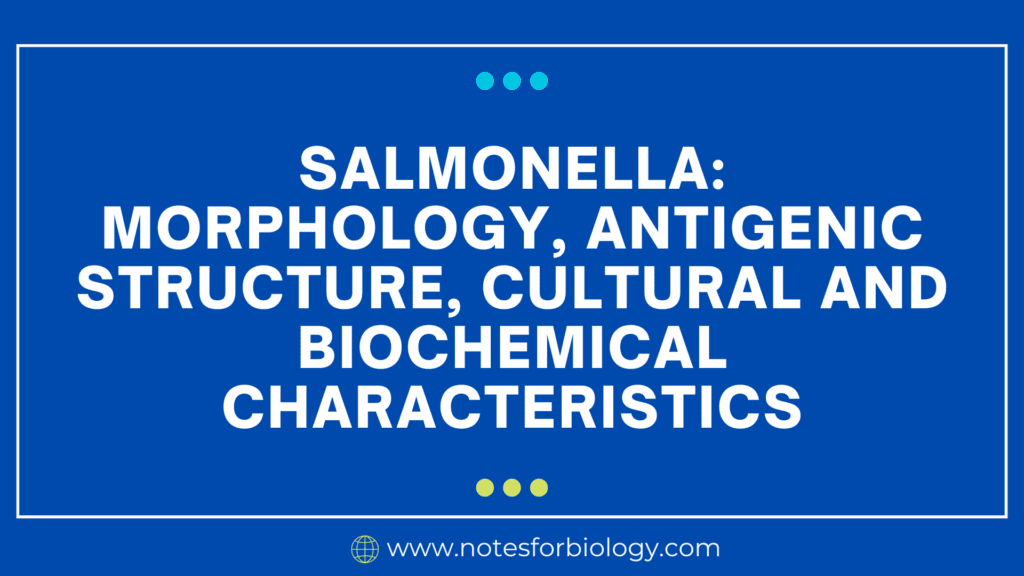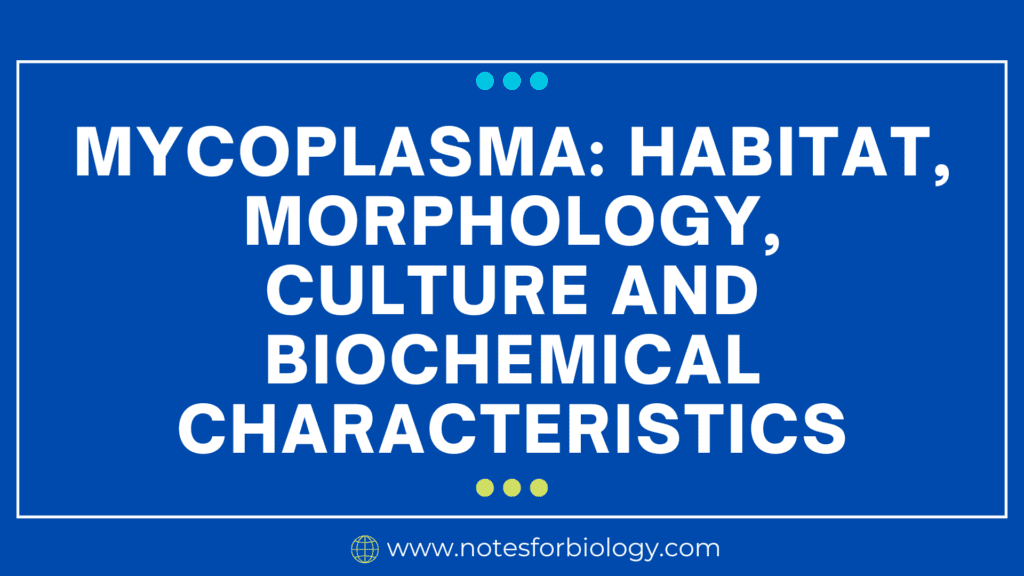Salmonella is a genus of bacteria that belongs to the family Enterobacteriaceae. It is known for causing infections in humans and animals, commonly referred to as salmonellosis.
Table of Contents
Salmonella
Salmonella is a significant pathogen responsible for a range of illnesses in humans and animals. Understanding its characteristics, modes of transmission, and prevention strategies is crucial for controlling its spread and minimizing its impact on public health. It is a genus of bacteria that belongs to the family Enterobacteriaceae. It is known for causing infections in humans and animals, commonly referred to as salmonellosis.
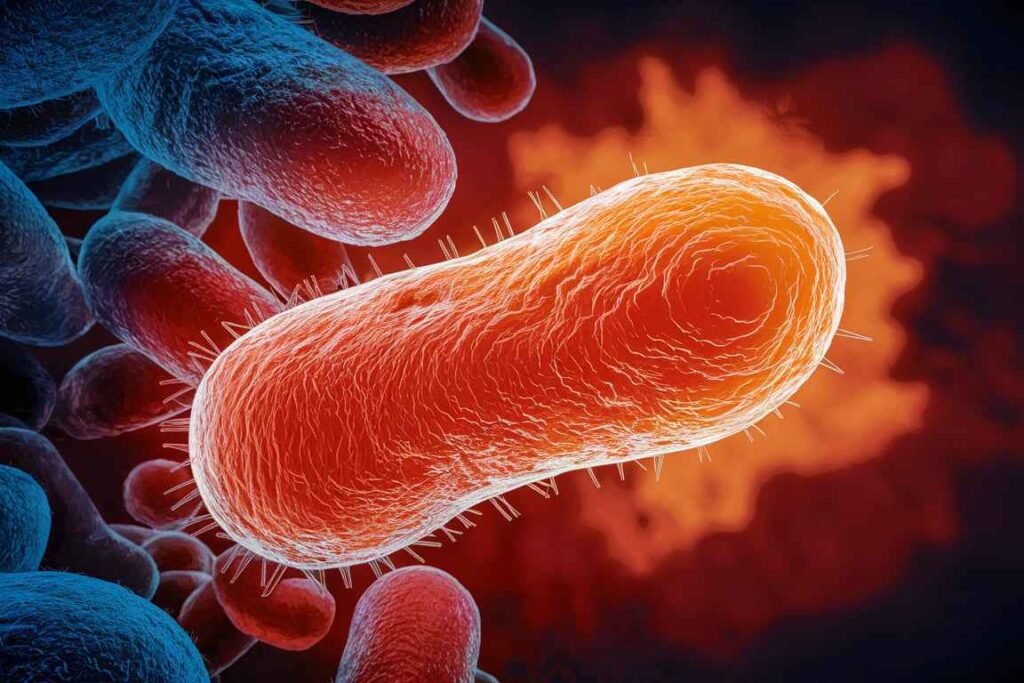
Classification
Domain: Bacteria
Phylum: Proteobacteria
Class: Gamma proteobacteria
Order: Enterobacterales
Family: Enterobacteriaceae
Genus: Salmonella
Species and Serovars
Species: There are two main species: Salmonella enterica and Salmonella bongori.
Serovars: Salmonella enterica is further divided into six subspecies and includes over 2,500 serovars (serotypes), such as Salmonella Typhimurium, Salmonella Enteritidis, and Salmonella Typhi.
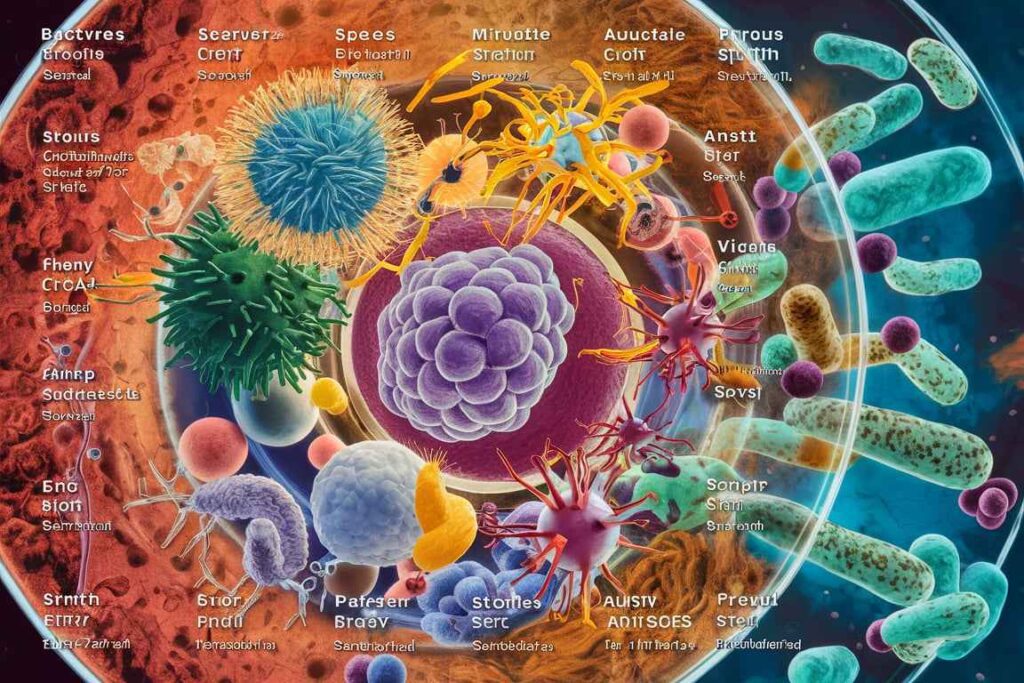
Epidemiology
This bacteria can be found in both human and animal intestines. They can also be found in the environment, namely in feces-contaminated water and soil.
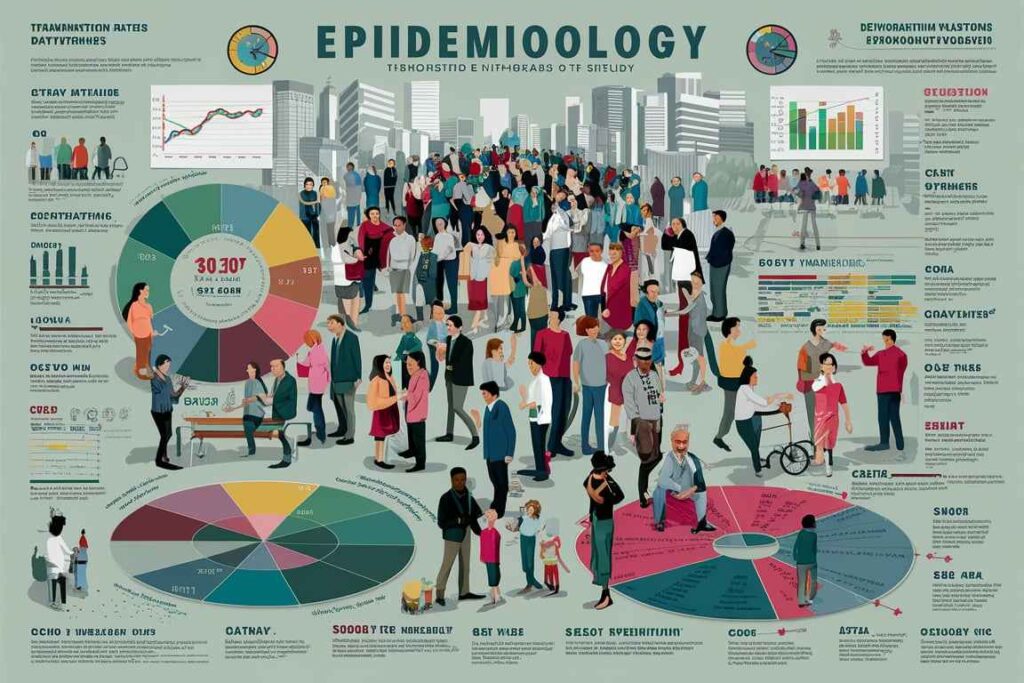
Infection is often spread through the consumption of contaminated food or drink. Common sources include raw or undercooked meat, poultry, eggs, and dairy products. Person-to-person transmission is also possible, especially in low hygienic settings.
Pathology and Diseases
Pathogenic Mechanisms: This bacteria can penetrate and proliferate within host cells, particularly intestinal epithelial cells. They have a variety of virulence factors, including poisons and the ability to elude the host immune system.
Diseases:
Gastroenteritis is the most prevalent form of salmonellosis, with symptoms including diarrhea, abdominal pains, fever, and vomiting. In healthy people, it typically goes away on its own.
Typhoid Fever: Caused by Salmonella Typhi and Salmonella Paratyphi. It is a more severe, systemic illness with symptoms including prolonged fever, weakness, abdominal pain, headache, and sometimes a rash. It can be life-threatening if untreated.
Bacteremia: Infection of the bloodstream, which can lead to severe complications such as septicemia, particularly in immunocompromised individuals.
Chronic Carrier State: Some individuals may become asymptomatic carriers, shedding the bacteria in their feces for extended periods.
Diagnosis:
Bacteria are isolated from stool, blood, or other clinical samples using selective medium.
Serology is the process of identifying specific serovars using antigen-antibody interactions.
Molecular methods include PCR and other nucleic acid-based techniques for quick and precise detection.
Treatment
Gastroenteritis is typically self-limiting; therapy focuses on fluids and supportive care. Antibiotics are often not utilized in uncomplicated situations to prevent prolonging the carrier state.
Ciprofloxacin, azithromycin, or third-generation cephalosporins may be used to treat severe infections such as typhoid fever and bacteremia.
Chronic carriers may require prolonged antibiotic therapy and, in certain cases, gallbladder resection.
Prevention
Food safety refers to the proper handling, cooking, and storage of food to prevent contamination.
Good personal hygiene includes frequent handwashing, especially after handling raw meat or poultry and using the restroom.
Typhoid fever vaccination is available and is highly advised for traveling to endemic areas.
Public health surveillance involves monitoring and control strategies to prevent and manage outbreaks.
Education includes public awareness efforts about food safety and sanitary standards.
Morphology
Shape: rod-shaped (bacilli).
Dimensions: 2-5 µm in length, 0.5-1.5 µm in diameter.
Gram stain: Gram negative.
Motility: Most species are motile due to peritrichous flagella, although some strains may be non-motile.
Spore Formation: Not spore-forming.
Capsules: Some strains can create capsules under particular conditions.
Antigenic structure
O Antigens (Somatic): These are heat-stable antigens found in cell walls and are a component of lipopolysaccharide (LPS). They define a serogroup.
H Antigens (Flagellar): These are heat-sensitive antigens identified in flagella. There are two phases (phase 1 and phase 2) that aid in determining the serovar.
Vi Antigen: A capsular polysaccharide antigen present in various species, most notably Salmonella Typhi. It promotes virulence and immune evasion.
Cultural characteristics
Growth Conditions:
Temperature: Optimal growth at 37°C, but can grow at 5°C to 45°C.
pH: I prefer neutral to slightly alkaline environments (6.5-7.5).
Oxygen requirements: facultative anaerobes.
Media:
Nutrient Agar produces non-pigmented colonies.
MacConkey agar produces colorless colonies that do not digest lactose.
XLD Agar (Xylose Lysine Deoxycholate Agar) typically develops crimson colonies with black centers as a result of H2S generation.
SS Agar (Salmonella-Shigella Agar) forms colorless colonies with black cores.
Biochemical characteristics
Lactose Fermentation: Negative (does not ferment lactose, resulting in colorless colonies on MacConkey Agar).
Glucose fermentation is positive, yielding acid and gas.
H2S production is positive in most species and observable on media such as TSI (Triple Sugar Iron Agar).
Urease: negative.
Indole Production: Negative.
Citrate utilization: positive (for example, Salmonella Typhimurium).
Oxidase: negative.
MR-VP Test: Methyl Red (MR) is positive.
Voges-Proskauer (VP) is negative.
Most species have positive lysine decarboxylase levels.
Gelatin hydrolysis: Positive in some strains.
Frequently Asked Question
Define Salmonella.
Salmonella is a significant pathogen responsible for a range of illnesses in humans and animals. Understanding its characteristics, modes of transmission, and prevention strategies is crucial for controlling its spread and minimizing its impact on public health. Salmonella is a genus of bacteria that belongs to the family Enterobacteriaceae.
What are the classification of Salmonella?
The classification of Salmonella are
Domain: Bacteria
Phylum: Proteobacteria
Class: Gamma proteobacteria
Order: Enterobacterales
Family: Enterobacteriaceae
Genus: Salmonella
Related Article
Shigella: antigenic structure, cultural characteristics and biochemical tests

